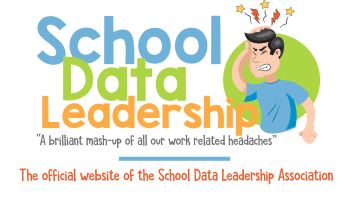Standard 5 - Assessing Students for Learning
Teachers apply knowledge of the purposes, characteristics, and uses of different types of assessments. They collect and analyze assessment data from a variety of sources and use those data to inform instruction. They review data, both individually and with colleagues, to monitor student learning. Teachers use assessment data to establish learning goals and to plan, differentiate, and modify instruction. They involve all students in self-assessment, goal setting and monitoring progress. Teachers use available technologies to assist in assessment, analysis, and communication of student learning. They use assessment information to share timely and comprehensible feedback with students and their families.
5.5 Involving all students in self-assessment, goal setting, and monitoring progress
As teachers develop, they may ask, “How do I…” or “Why do I…”
Make assessment integral to the learning process
Guidance: Embed assessments within lessons through reflection prompts, quick writes, peer feedback, and exit tickets. Position assessment as a tool for growth, not just evaluation.
Make assessment an interactive process between teacher and student
Guidance: Use conferencing, feedback loops, and rubrics with student input. Encourage dialogue around strengths, challenges, and next steps.
Model self-assessment strategies for all students
Guidance: Think aloud while using rubrics, exemplars, and checklists. Teach students how to reflect honestly and set realistic, actionable goals.
Develop and use tools and guidelines that help all students assess their work and monitor their learning goals
Guidance: Provide goal sheets, progress charts, color-coded rubrics, and reflection journals. Scaffold tools for diverse learners to promote understanding and ownership.
Provide opportunities for all students to engage in peer discussion and reflection of their work
Guidance: Facilitate peer editing, gallery walks, think-pair-share, and structured peer feedback with clear criteria. Build classroom norms around respectful dialogue and constructive critique.
Provide opportunities for all students to demonstrate and reflect on their learning inside and outside of the classroom
Guidance: Use learning portfolios, presentations, journaling, and community-based projects. Encourage students to share learning with families or through student-led conferences.
